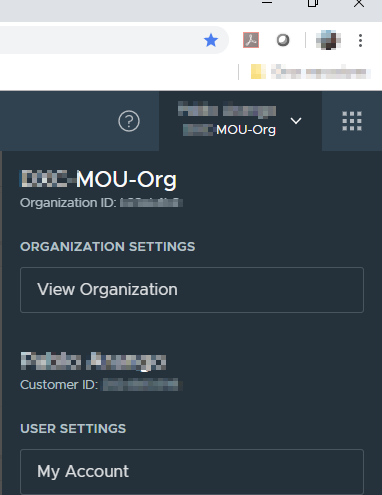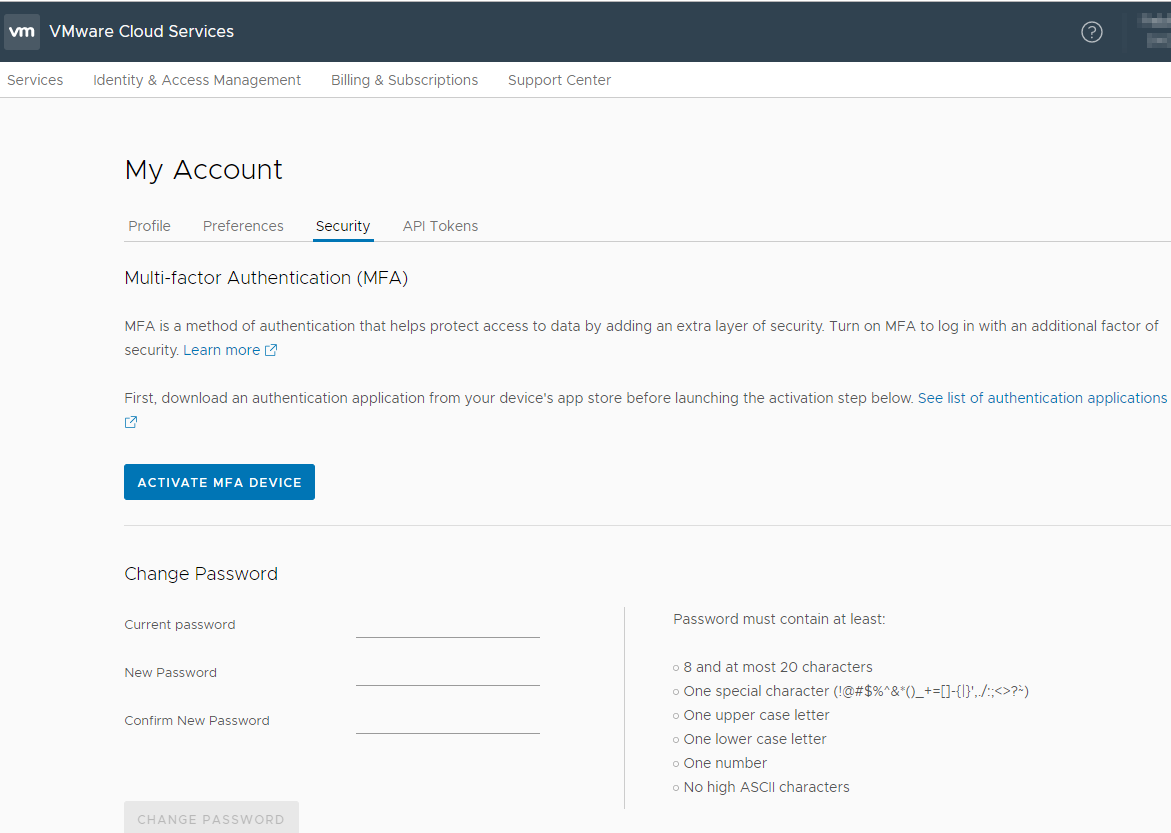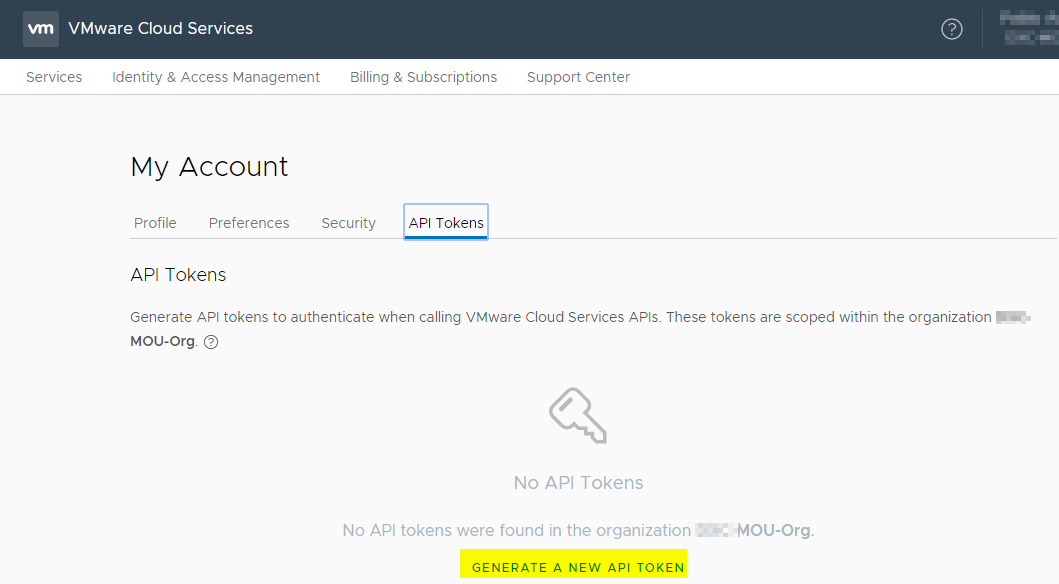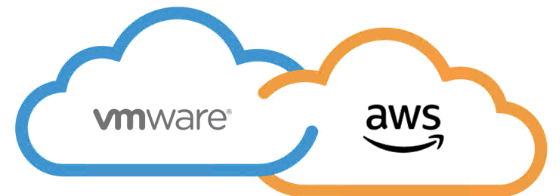Morning! welcome to virtualcloudblog.com and thanks for checking it out. Today, I’ll write this post about VMware on AWS
I’ll show you the initial steps for VMware Cloud and considerations during the setup.
Activation.
Activation of VMware Cloud services requires 2 things:
- At least one person with a valid My VMware account. The profile for this account must have all required fields populated. See this kb for instructions on updating the profile.
- A source of funding for the services (either credit card or through a My VMware account).
The VMware Cloud Organization
The organization is in the up right corner of the screen. The VMware Cloud Organization (Org) may be thought of as a top-level construct which owns 1 or more cloud services.

From here, also you can change your preferencies under the user settings, My Accout. Settings like: Language and Regional Format, edit your profile, etc…
VMware Cloud allows to create a multi-factor authentication, which is really important for me to avoid problems just in case someone gets your password.

There is also an API tab, which is highly recommended for scritpting purposes. You just can go to the API tab and click generate 
Users within VMware Cloud are associated with 1 or more Orgs and, within each Org, a user will have 1 of 2 roles :
- Org User – Have the ability to manage cloud services to which they have been granted access. Permissions may be set per cloud service.
- Org Owner – Have the additional ability to manage users within the org.
The Fund Owner will be given the role of Org Owner within the newly created Org.
Key points to remember about an Organization :
- An Org is a top-level construct which owns other cloud services.
- Users are associated with an Org and have one of two roles: Org Owner and Org User.
- Users are only relevant within the VMware Cloud console.
- The Fund Owner will fund/activate the Org and will be given the role of Org Owner. The Fund Owner will add the other users
Concepts
VMware Cloud is a managed cloud offering which provides dedicated VMware vSphere-based Software Defined Data Centers (SDDC) which are hosted within AWS facilities. Prior to getting started with the service, it is critical to understand a few points.
- The service utilizes facilities and hardware which are owned and managed by AWS.
- The service provides dedicated, private cloud environments in the form of an SDDC.
- The hardware used for each SDDC is dedicated to that SDDC.
- SDDCs are deployed within a VMware-owned AWS account and VMware manages billing for these resources.
- SDDCs have high-speed access to AWS services hosted within a customer-owned AWS account.
- Native AWS services are billed to the customer-owned AWS account and are not handled by VMware.
Additionally, it is important to understand the minimum requirements for deploying an SDDC.
- You must have created a VMware Cloud Organization and provided funding for cloud services.
- You must have your own AWS account.
- You must know which AWS region you wish to host your SDDC.
- You must have a VPC and Subnet in that region to use for SDDC cross-linking (for SDDC access to AWS services).
- You must have a management IP subnet to use for the SDDC.
Amazon Web Services Account
A major benefit of the service is its ability to provide direct access to AWS services. As such, it is required that all customers maintain a dedicated AWS account which will be used to access and manage these services. If you are unsure of how to create an AWS account, then please refer to the AWS Documentation for more information on the process.
A few important points on the AWS account:
- The account is necessary in order to provide an SDDC with access to AWS services.
- It is required in order to deploy an SDDC.
- The account is owned by the customer, not by VMware.
- Billing for the account is handled directly by AWS, not by VMware
Please bear in mind, not all the regions are available to deploy the SDDC solution. Regions are being updated from AWS, so to have an accurate list, please get in touch with AWS


